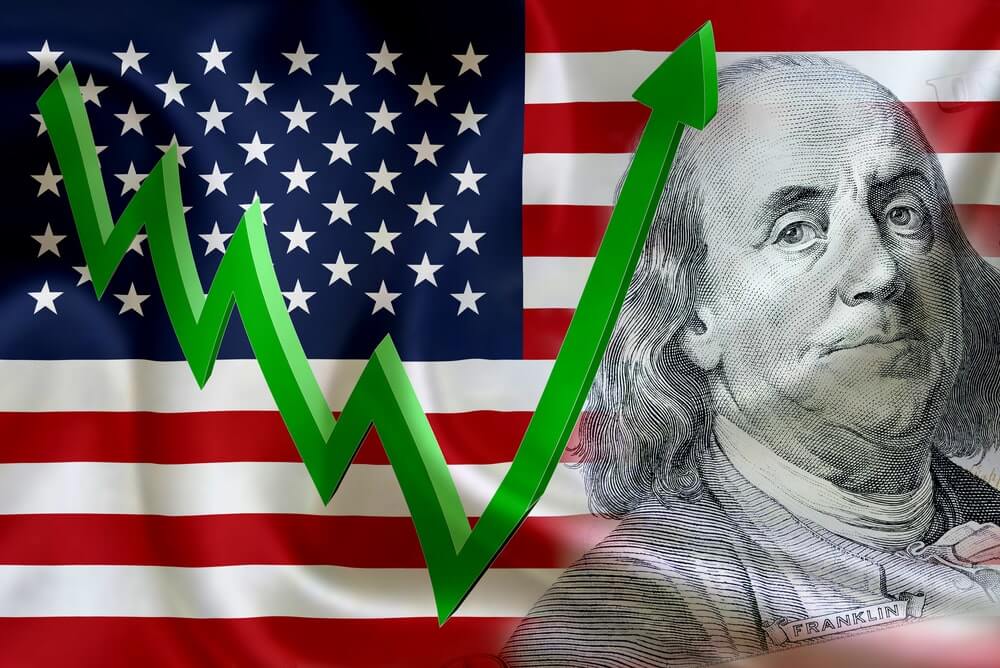
The dollar hiked due to the strength of Treasury yields
The dollar reached a three-and-a-half-month high against a basket of currencies on Monday. It soared .53% to 92.38, its highest level since November 24. The benchmark remained at a nine-month high against the yen, at 108.875 yen, and advanced to a one-month high against the GBP, trading at $1.3839. Expectations of robust US economic growth and increasing inflation raised Treasury yields and boosted the currency’s appeal.
In the last quarter of the last year, the dollar dropped 4%. Since then, the currency has strengthened around 2.5%. Investors’ expectations of the widespread increase in bond yields weighed down stock prices and generated demand for the greenback.
Edward Moya, a senior market analyst at OANDA in New York, stated that yields going up would be very positive for the dollar, and nothing is standing in the way.
On the other hand, Brad Bechtel, global head of currencies at Jefferies, noted that yields are keeping to grind higher and dragging the US dollar along with it.
What do analysts predict for the dollar?
On Friday, Treasury bond returns approached a one-year high above 1.62%. On Monday, the yield on the 10-year Treasury note TMUBMUSD10Y, 1.569%, increased around 4 points to trade above 1.60%.
The latest economic news in the US was favorable. Nonfarm payrolls grew by 379,000 jobs last month. Meanwhile, the Senate approved President Joe Biden’s recovery package of $1.9 trillion.
Higher US yields stoke demand for US assets which supports the dollar.
After a steep slide of the benchmark, most analysts expected that the currency would remain under pressure. They argued that a global economic recovery and the Fed’s commitment to letting the economy run hot before withdrawing monetary stimulus would see the dollar drop versus major rivals.
On the contrary, dollar bulls argued that the country was poised to exceed other major economies as the global economy would recover. It would push the Fed to pull back on monetary stimulus faster than other major central banks.
Ben Randol, an analyst at Bank of America, stated that expectations for the second scenario are beginning to build. He said that a steeper, more relative Fed normalization path close to global central banks was broadly beginning to boost the dollar.
Meanwhile, Steve Barrow, head of the G-10 strategy at Standard Bank, argued that rising yields were unlikely to be sustained, which leaves the currency drift lower. He claimed that rising inflation expectations had compromised the dollar gains.
For now, the 200-day moving average will be crucial for the dollar index.
-
Support
-
Platform
-
Spread
-
Trading Instrument




